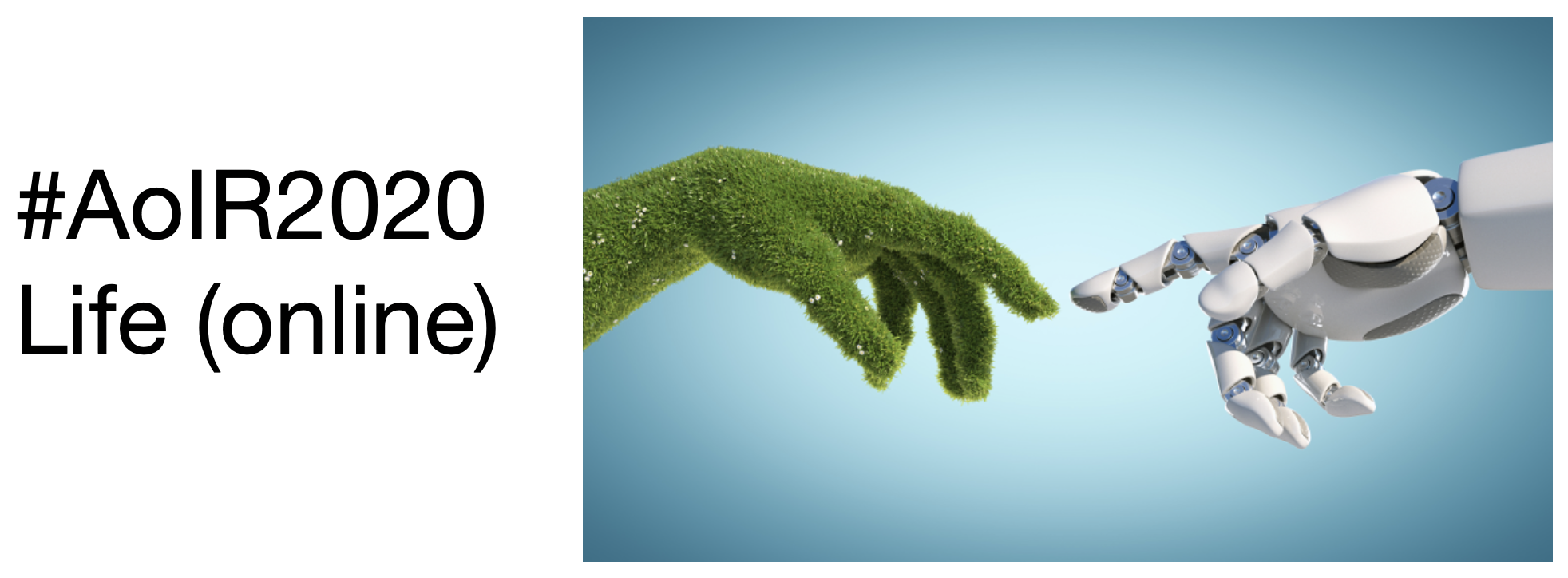BURYING THE DEAD (USERS): A LIFE OF DATA WITHIN LIMITS
DOI:
https://doi.org/10.5210/spir.v2020i0.11360Keywords:
Death, big data, digital remains, environment, ephemeralityAbstract
Technological innovation depends on earthly resources. As such, the drive to continuous growth that has propelled technology forward is also in direct competition with a planet that is reaching capacity. This expansion and consumption model has both supported and neglected the data of the dead, which both proliferates and languishes. For example, as researchers across disciplines have noted, the dead may soon outnumber the living on social media. Questions about digital remains should attend not only to social media profiles but also to the life cycles of data. This paper considers environmental and resource-related questions about the traces we leave when we depart. To do this work, a theoretical methodological approach following the Computing within LIMITS model (Nardi et al, 2018) is employed to consider the accumulation of data that remains after users have departed from their earthly (and digital) lives. LIMITS is a sustainability model that asks researchers to (1) question growth, (2) consider models of scarcity, and (3) reduce energy and material consumption. That is, this paper questions the life of digital data that can be maintained and can even grow after a user passes on. In addition to questions about mourning, memorializing, and archiving the dead, the LIMITS model prompts ethical questions about how to bury our dead data responsibly and sustainably in the face of exponential growth.

